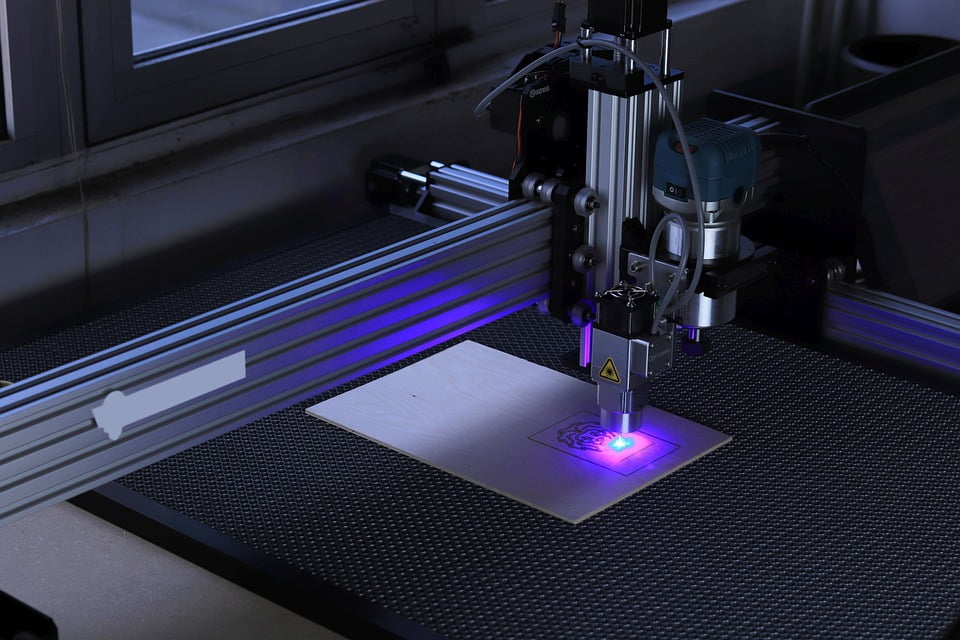
There are many ironies to climate change. For example, one of the elements essential to life on earth (carbon dioxide) is now threatening its existence. The accumulation of carbon dioxide in the atmosphere is taking planet temperatures to historic highs. With elevated global temps comes melting ice caps and sea-level rise, coastal flooding, bigger hurricanes, prolonged droughts, and historic floods.
But how did humanity get into this fix? It’s no coincidence that CO2 emissions spiked at the moment when human innovation and technology also hit its peak — The Industrial Revolution. Carbon-based fuels like coal, and later petroleum, would fuel this 18th Century growth in production. And while 250 years of improved agriculture and medical advances have brought longer life expectancies, it’s also resulted in another major cause of global warming — human overpopulation. The 7.5 billion humans on this planet are now emitting more CO2 than natural carbon capture processes like photosynthesis can take in.
So, technology is a significant culprit for global warming. But that fact only reveals another irony of climate change — technology is also a big part of the solution. Some may suggest we can’t innovate our way out of global warming. But today’s technological advances in renewable energy and carbon capture have tech naysayers changing their fatalistic attitudes.
Renewable Energy Technologies
Renewable energy sources like wind, solar, and geothermal heat are effective ways to cut CO2 emissions. These energy sources are sustainable because they are naturally replenished — even if they’re not always dependable. The sun will always shine, but clouds may block it. The wind is always blowing somewhere, but not consistently near a wind farm. But the most significant benefit is that they don’t release CO2. Instead, renewable technologies tap into energy from the sun (e.g., solar), the earth (e.g., geothermal), or the moon (e.g., waves).
Solar and Wind Power Smart Grids
Renewable technologies like solar power and wind are becoming more popular. As costs for photovoltaic cells and wind turbines decrease, governments and cities are turning to renewables as part of their smart electric grid systems. Rather than rely only on fossil fuels to generate electricity for homes and businesses, smart cities are pushing for the installation of smart meters to help conserve energy. Smart electrical grids are run by complex artificial technology that monitors electrical use. Advanced monitoring lets AI forecast spikes in usage and low demand. AI makes it easier and quicker for municipalities to switch from coal-fired electrical plants to wind and solar farms.
Biofuels
Biofuels are another type of renewable energy technology that’s helping reduce carbon emissions. Biodiesel and ethanol are made from vegetable oils grown from food stocks like corn and soybeans or derived from animal fats. Around the world, these biofuels are replacing coal and petroleum for heating buildings, fueling airplanes, and generating electricity.
While biofuels are more dependable sources of energy compared to solar or wind, they aren’t carbon-free; they’re carbon neutral or “net-zero” energy sources. When scientists and farmers grow soybeans to produce biodiesel, those plants absorb carbon from the atmosphere (i.e., photosynthesis). Then that carbon is converted to fuels. And when the fuel burns, it releases the same amount of CO2 back into the atmosphere. So the net carbon emissions total is zero. Biofuels don’t add CO2 to the atmosphere—they recycle what’s already there.
Carbon Capture and Storage
The planet already has natural ways to deal with too much CO2 in the atmosphere. One method is by using rainforests, plants, plankton, and every other photosynthesizing organisms to absorb CO2. The carbon is captured and stored within the wood, leaves, roots, and organic materials within the soil. Another carbon capture process is our oceans, which dissolve and absorb CO2 at the water’s surface. But today, our oceans absorb so much CO2 that they’re becoming too acidic. And “ocean acidification” is threatening delicate aquatic ecosystems like coral reefs with extinction.
So, the earth’s natural carbon capture systems aren’t enough to mitigate rising CO2 levels. That’s where new technologies like carbon capture and storage (CCS) can help. CCS technologies are “carbon negative” because they remove CO2 from the atmosphere without adding to it.
Carbon Farming
Advances in agricultural practices are expanding the soil’s capacity to store carbon. These “carbon farming” strategies attempt to increase the organic material within the soil so that it can absorb and trap (i.e., sequester) more CO2. With agricultural technologies, farmers can rotate crops, till the land, and introduce organic materials (mulch) that help the soil absorb more CO2. This transforms modern farms from carbon producers to carbon sinks.
Reforestation
To fight climate change, we not only need to save critical carbon sinks (e.g., Amazon rainforest), we need to engage in reforestation of new land. When we burn or bulldoze an area of rainforest, it doubles the carbon emissions problem: 1) We’ve removed a carbon-absorbing ecosystem. 2) The burning or rotting of trees releases the stored carbon into the atmosphere. That’s where reforestation and proper land management technologies can help. Scientists are using satellite imagery and soil analysis to assess the impacts of reforestation. And the assessments are promising. Recent reports estimate that increasing our forested areas by a third would remove up to 205 billion metric tons of CO2.
Direct Air Carbon Capture
Another promising negative emissions technology is direct air capture (DAC). Current capture and storage technologies are used in areas of high-volume CO2 emissions, like power plants. These systems draw off CO2 that’s directly emitted from smokestacks to prevent its release into the atmosphere. But now this same technology is being expanded as large, standalone farms able to absorb CO2 directly from the open air.
DAC farms are basically giant rows of fan arrays located in open fields. As the fans pull in tons of air per minute, the capture system isolates the CO2 and stores it underground. These types of DACs are in their early stages and need an enormous investment of land and capital. But they offer us the promise of reducing CO2 emissions to sustainable levels.
Any climate scientist will tell you no individual technology is the “silver bullet” to stop global warming. So, investing in one over another isn’t the solution. Instead, it will take orchestrating every available technology we have to work together at its maximum capacity. But even then, it comes down to human behavior. Any technology is agnostic. It isn’t “good” or “bad,” it only does what we want it to do. In the end, having a livable planet is about human decisions, cooperation, sacrifice, and putting the needs of the planet above our own superficial wants. Until artificial intelligence begins making the decisions for us, we’re the ones calling the shots.





Tech content on this site may include contributed articles and partnerships with industry voices. Learn more in our Editorial Policy.